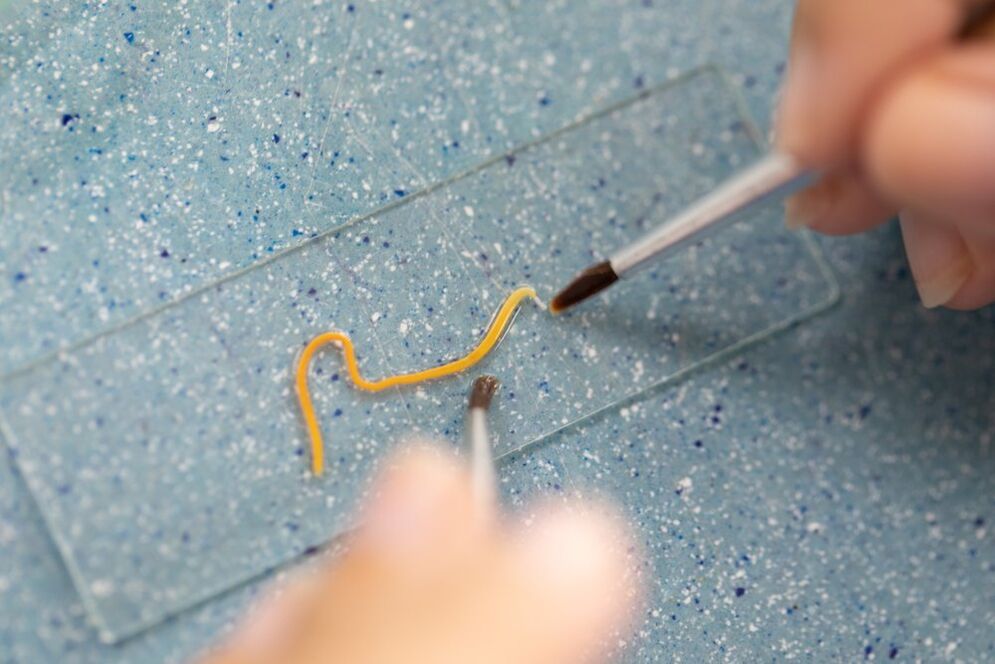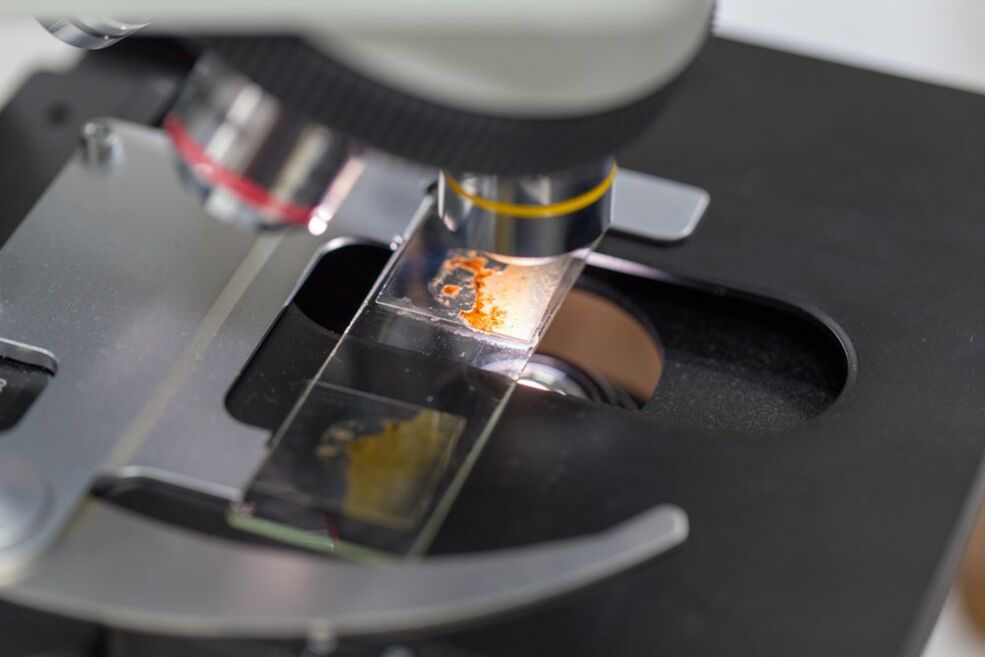Helminths are the most ancient and numerous inhabitants of our planet. It is known that they can live almost anywhere, and the human body is for many of them the optimal environment for existence. There, the parasite is not only maximally protected from external influences, but can also get the nutrients needed for its growth and development. Not all helminthiases have pronounced symptoms (like the same enterobiasis): often a person does not even suspect that uninvited guests live in his body. How can a parasitic infestation be detected?
Why are helminths dangerous to the human body?

Despite the fact that helminths can live asymptomatically in the human body for a long time, this does not mean at all that their vital activity is safe. All parasites in the process of growth, development and death secrete certain substances that contribute to the sensitization of the body and the development of allergic reactions. A skin rash, itching and even anaphylactic shock can be the result of parasitic worms.
Also, many toxins are localized in the patient’s gastrointestinal tract and disrupt the normal digestive and nutrient absorption processes. The patient notices the appearance of weakness, fatigue, dizziness and stupidity, which may be associated with the development of anemia. Fragile nails, hair, dry skin and mucous membranes can be the result of iron deficiency, hypovitaminosis and lack of mineral ingredients. Against the background of chronic diarrhea, some patients develop dehydration, and even increase the risk of hemorrhoids.
Many helminths have a mechanical effect on the wall of the gastrointestinal tract. Suction cups and hooks injure the tissues, which contributes to the formation of ulcerative and erosive changes. There are also known cases of development of inflammation of the appendix process on the background of helminthiasis.
Who should be tested?
In fact, everyone is at risk. Almost all people eat meat or fish, vegetables, fruits and berries, as well as drink unboiled water and swim in reservoirs. Children are particularly vulnerable in this regard: they have helminth eggs more often. Young children tend to put dirty toys and anything else in their mouths, be petted with cats and stray dogs and pets, and violate the rules of personal hygiene. There are several types of tests:
Preventive tests
Their purpose is the timely detection of parasitic worms, even in the absence of signs. It is recommended that you undergo such an examination at least once a year.
Obstacle analysis
They aim to prevent the spread of helminthiasis among humans. When a child enters a preschool or goes to the pool, it is imperative to obtain a certificate. Medical and nutrition workers should also undergo a similar test.
According to the indications
If you suspect the development of helminthiasis (epidemiological history and specific complaints), the specialist prescribes a certain range of studies. This allows you to diagnose the disease in time and start treatment.
Analysis for helminth eggs
A well-known method for detecting helminth eggs is the study of feces. In this case, no additional preparation is required: you just need to collect the biological material in a special jar and take it to the laboratory. However, experts recommend that you do not take any antiparasitic medication before taking the test: this may affect its accuracy. It is also worth noting that the analysis must be submitted at least 3 times to exclude false and negative results. Today, the study of feces for helminth eggs is gradually paving the way for newer methods - the determination of antibodies to a particular parasite in the blood.
How to detect enterobiasis?
Enterobiasis is one of the most common helminthiasis and sting worms cause it. The disease is often found in school children and kindergartens, but adults are also at risk of becoming infected. The main symptom of the disease is severe itching in the perianal region. The diagnosis of enterobiasis is made by taking a stain or scratch from the area near the anus. This is due to the fact that the female pathogen leaves the intestines to lay eggs on the surface of the skin folds. The procedure is performed before going to the toilet and washing in the morning, which allows you to get an accurate result.
Diagnosis of ascariasis

Roundworms are venomous, whose body length can reach up to 40 centimeters. They can travel throughout the body, affecting not only the gastrointestinal tract but also the lungs. Saliva and fecal samples can be used as research material: the genetic material of the parasite is found in them. Also, ascaris eggs are often found in the patient's stools. However, the most effective diagnostic method is the detection of antibodies specific to parasitic worm antigens in the patient's blood.
How to identify opisthorchiasis?
Feline vertebrae cause opisthorchiasis, which is characterized by predominant liver damage. This is why opisthorchus eggs can be found not only in the feces but also in the duodenal fluid. In recent years, the enzyme immunoassay has been widely used to detect antibodies to opisthorchia. Also, helminths can be detected using the polymerase chain reaction, which is effective even with a small amount of biological material.
Identification of trichinosis
Trichinella is a helminth that mainly affects muscles, but can migrate to the central nervous system, causing irreversible changes. If the development of this helminthiasis was suspected, a muscle biopsy was previously performed, but in recent years it has been replaced by serological methods. Detection of Trichinella antibodies in the patient's blood is the reason for the diagnosis.
























